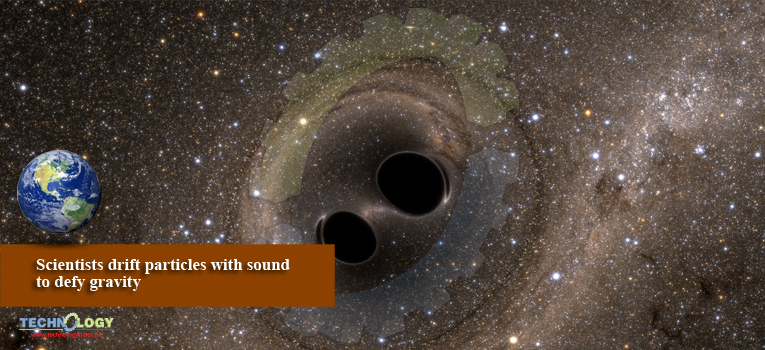Scientists have successfully used sound waves to levitate and study particles. The goal of the research is to understand how materials cluster together in the absence of gravity.

Jaeger and his team were interested in the shape of prototypical clusters.They were studying the forms these clusters take when starting from a single particle, more are added one by one. To achieve this, they used sound waves to levitate plastic particles.
They then analyzed how these particles interacted with each other focusing on how they assembled and reassembled into different configurations.
They also used high-speed cameras to track the levitated particles. What they found was that five particles or fewer clustered densely in only one configuration.
However, at six particles and more, the particles got creative making several different shapes. The team called the three shapes created by six particles “parallelogram, chevron and triangle.”
At seven particles, four shapes were made. These were called a “flower, a turtle, a tree or a boat.”
One unexpected outcome of the study was discovering that the sound frequency could influence the cluster shapes.
“A surprise was that by changing the sound wave frequency, we could manipulate the clusters and influence the shape that emerged,” said graduate student Melody Lim.
The team is also exploring how acoustic levitation impacts even larger numbers of particles. This will logically result in more complex structures.